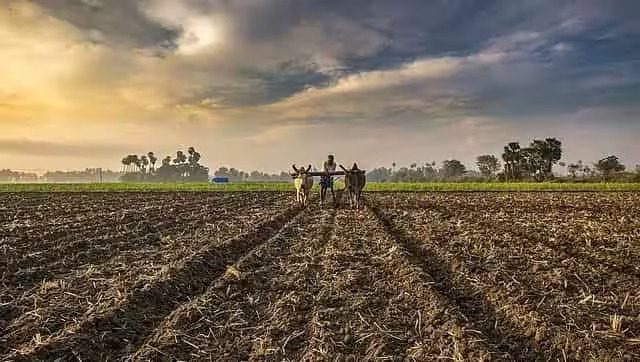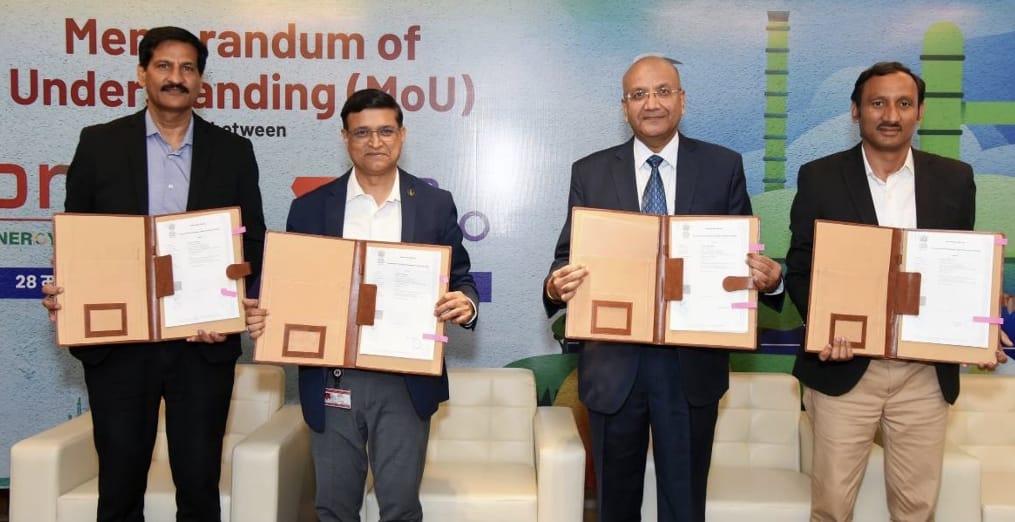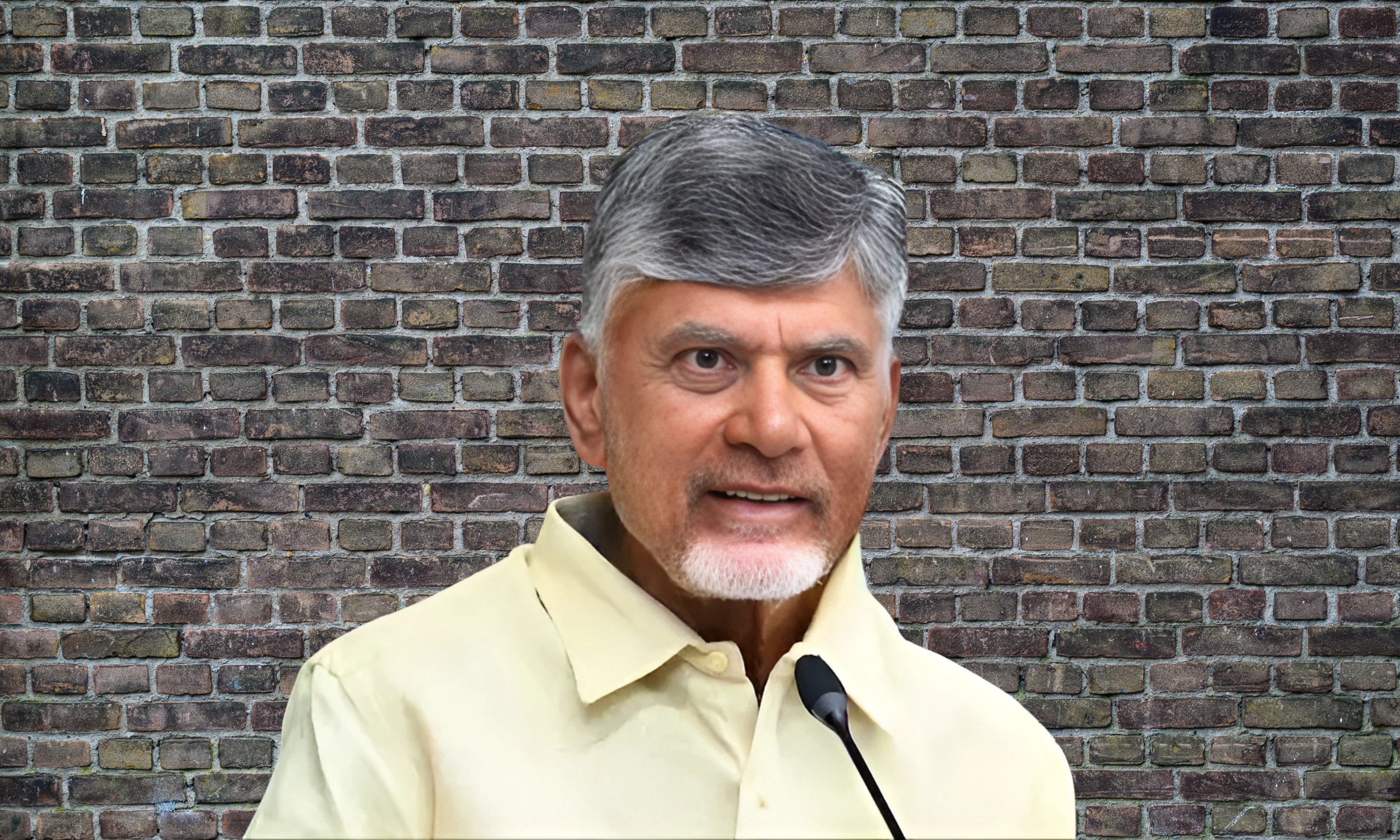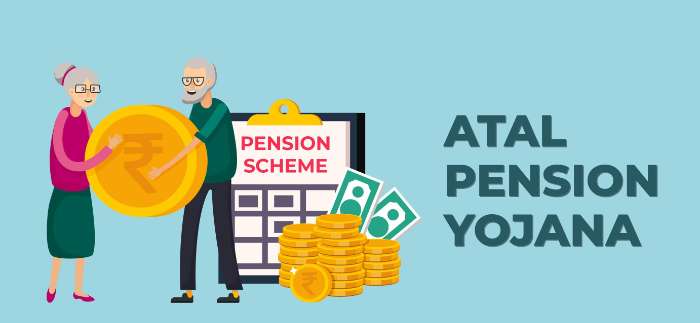PM PRANAM Scheme: Promoting Sustainable Agriculture and Soil Conservation

On 28th June 2023, the Cabinet Committee on Economic Affairs (CCEA) approved the PM PRANAM (PM Programme for Restoration, Awareness, Nourishment, and Amelioration of Mother Earth). Union Finance Minister Nirmala Sitharaman announced this scheme while presenting the Union Budget 2023-24 in the parliament on 1st February 2023.
According to Union Chemicals and Fertilizers Minister Manuskh Mandaviya, PM PRANAM would promote the usage of nutrient-based biofertilizers, paving the way toward sustainable agriculture.
In other words, the government aims to reduce the usage of chemical fertilizers, enhance crop yields and reduce the government spending on subsidies given on chemical fertilizers.
What is PM PRANAM?
The PM PRANAM scheme aims to incentivize states and Union Territories to promote the balanced use of fertilizers and alternative soil nutrients. The scheme utilizes savings from subsidies on chemical fertilizers to encourage states to adopt alternative fertilizers and monitor fertilizer usage. It doesn’t have a separate budget allocation but is financed through existing fertilizer subsidy savings. Half of the saved subsidy amount is granted to states, with 70% allowed for creating assets and adopting technology related to alternative fertilizer production. The remaining grant can be used to incentivize awareness generation and reduce fertilizer use at the local level.
Benefits of the PM PRANAM Scheme
The PM PRANAM scheme focuses on enhancing agricultural production while safeguarding the environment and human health. By promoting the reduced use of chemical fertilizers, particularly urea, the scheme aims to address the adverse effects of excessive exposure to fertilizers on human health, such as DNA damage and cancer. It also aims to prevent water pollution caused by fertilizers, which leads to algal blooms and negatively impacts aquatic life. The scheme encourages the use of natural nutrients and fertilizers, improving soil quality in the long run and increasing crop yields.
Impact on Subsidies on Chemical Fertilizers:
The launch of the PM PRANAM scheme is expected to reduce the increasing fertilizer subsidy bill while addressing soil degradation issues. Subsidies have encouraged the indiscriminate use of chemical nutrients in agriculture, resulting in distorted and uneconomical usage patterns. The low use efficiency of nitrogen, the primary component of urea, is a significant concern. The ideal ratio for nitrogen, phosphorus, and potassium usage in India is 4:2:1, but the actual ratio has been imbalanced. The scheme aims to rectify these issues by promoting balanced fertilizer usage.
Other Initiatives to Protect Soil Health
In addition to the PM PRANAM scheme, the government has implemented various initiatives to save the soil and promote sustainable agriculture. These include the incorporation of new nutrients like nano urea and bio-stimulants. The Department of Fertilizers has made it mandatory for all domestic companies to produce neem-coated urea. Neem-coated urea offers several benefits, such as improved soil health, reduced plant protection chemical usage, higher crop yields, and decreased pest and disease attacks.
Way forward
Agricultural reforms initiated in India since 1991 have primarily concentrated on increasing the crop yields and empowering the farmers. A shift in the focus towards reducing the burden on chemical fertilizers and enhancing soil health, can be seen with the approval of this scheme.
The PM PRANAM scheme plays a crucial role in promoting sustainable agriculture, protecting the environment, and ensuring human health. By incentivizing states to adopt alternative fertilizers and balanced nutrient usage, the scheme aims to address the challenges posed by excessive chemical fertilizer usage. It also aligns with other initiatives, such as the promotion of neem-coated urea, to safeguard soil health and improve agricultural productivity in India. Through these efforts, the government aims to strike a balance between subsidies, soil conservation, and increased crop yields in the near future.










